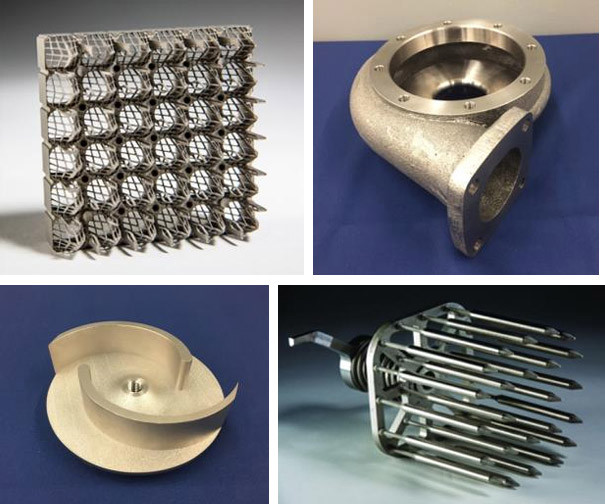
Cranberry Township-based Westinghouse Electric Co., a nuclear and clean power technologies company, recently used additive manufacturing (AM) to fabricate components.
The company manufactured bottom nozzles using the technology, which is an industry first. The nozzles are used to improve debris capture and fuel endurance within its fuel assemblies. They were integrated into four lead test assemblies delivered to a Alabama Power’s Joseph M. Farley Nuclear Plant operated by Southern Nuclear.
“Our additive manufacturing technology is allowing us to achieve breakthrough performance with an immediate positive impact for our customers,” Tarik Choho, Westinghouse Nuclear Fuel president, said. “This significant technology innovation for PWR reactors mitigates the risk of leakage in the fuel rods due to the accumulation of debris, strengthening the safety and efficiency of our customers’ operations.”
The additively manufactured components exhibited in testing a 30 percent improvement in debris resistance. AM technology offers enhanced design freedom which allows for a reduction in the diameter of debris entering into the reactor. This is significant because debris wearing on the fuel rod cladding is the primary source of leaks in pressurized water reactor fuel assemblies.
Westinghouse conducted a material irradiation study of AM nuclear components in 2015, and installed a safety-related AM component in 2020.